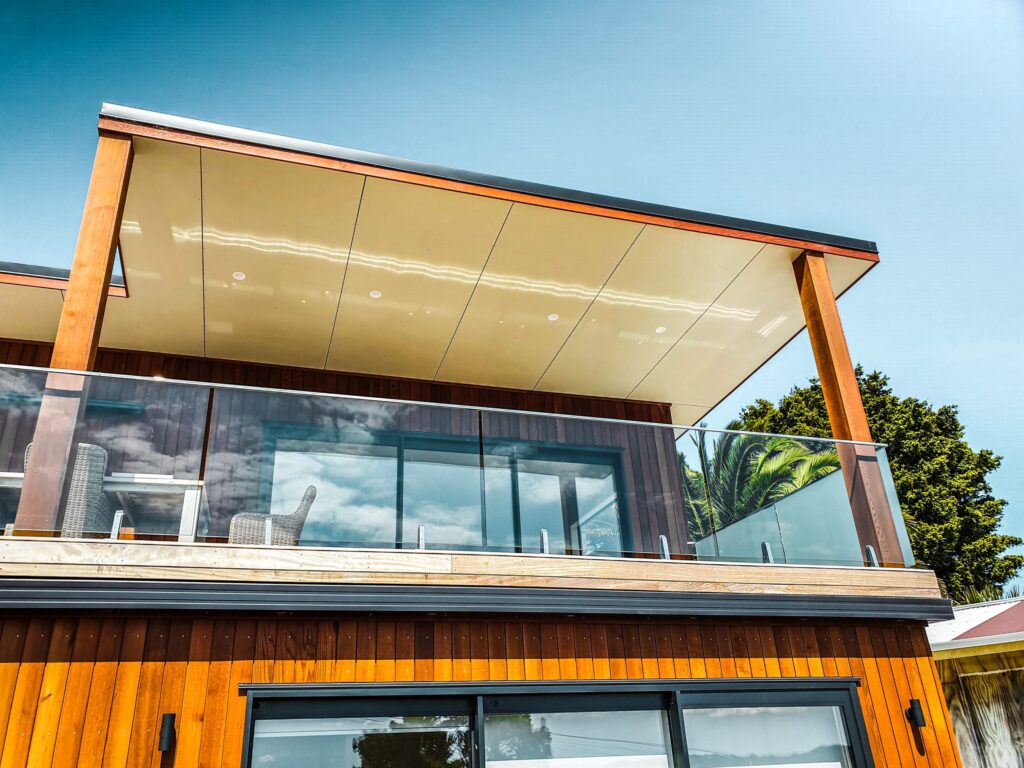Balustrades can be installed in a variety of settings, both as space dividers and necessary safety features to prevent falls between differing floor levels.
However, balustrade systems can seem bulky and impractical when you want to preserve space – and in some cases, installing them may not seem structurally possible.
When a traditional balustrade system won’t work, a fascia-fixed balustrade could be the simple solution you need to achieve safety while maintaining sleek aesthetics.
Here’s what you should know about this balustrade installation method and how it could benefit you.
What is a fascia-fixed balustrade?
Typically, balustrades are installed onto or into the ground – either using a post and rail system or discreet embedded channels. If these installations can’t be carried out, for whatever reason, fascia fixing may still be a possibility.
This involves fitting the balustrade to the front or outside part of the floor or stairs that’s exposed to open space – the visible ‘face’ or fascia.
In architecture and interior design, a fascia is a flat board situated under a roof or upper floor edge to form a continuous covered surface.
It’s this type of surface that a fascia-mounted balustrade is fixed to, by overlapping the balustrade material from above and fixing it to the fascia material below, flush with the structure’s edge.
This can be seen in many staircases with frameless glass balustrades, as well as balconies, landings, decking, and walkways – both indoors and outside.

What are the benefits of fascia-fixed balustrades?
There are several benefits to using fascia-fixed balustrades when other methods aren’t suitable. First of all, it’s an excellent space-saving option, as fitting the balustrade to the outside keeps the walkable area as open as possible, without compromising on safety.
Secondly, using a framed system with obtrusive posts and handrails can block the view, but fascia-mounted balustrades can keep the view clear – especially when using a glass balustrade. This is most beneficial for balconies, and Juliet balconies in particular.
Thirdly, fascia mounting is a great way to turn flat roofs into usable terraces or balconies. If other methods take up too much room or compromise the integrity of the roof materials, securing the balustrades along the fascias is a clever alternative to elevate your property.
Installing fascia-mounted balustrades
Fascia-fixed balustrades can be used in a range of buildings, both residential and commercial, adding an element of class while keeping people safe and spaces open.
With the appropriate fittings, balustrades can be mounted to a variety of materials this way – circular stand-off fittings are often used for a minimalist effect, which look like small steel buttons.
It’s probably the most popular option for glass balustrades, thanks to the benefit of unobstructed views – but in all cases, you should ensure that the balustrade material and fixing method comply with legal safety standards, and apply for planning permission if required.






